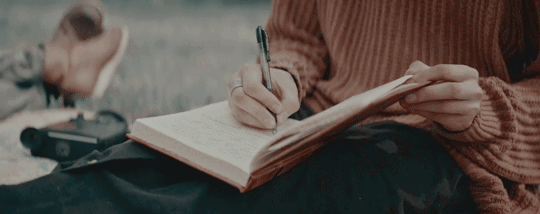
We have a number of writers here at Arcadia Publishing, most of whom have enjoyed the excuse to decline social gatherings to write more. As a homage to the writers of the past, here are eight books that highlight literary history that we think you’ll enjoy. Read on for Hemingway’s history and regional works!
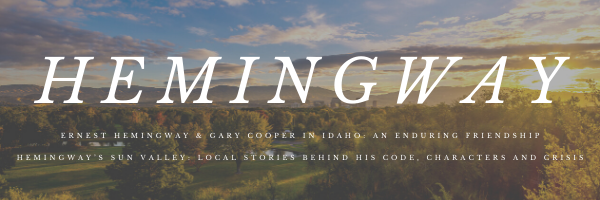
1. Hemingway’s Sun Valley: Local Stories Behind His Code, Characters and Crisis
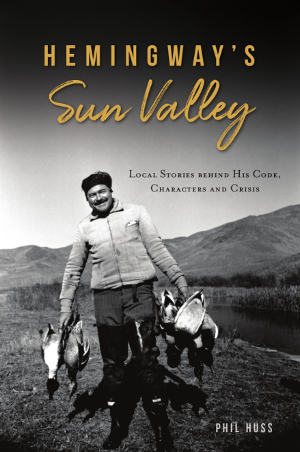
It was a cold, “windless, blue sky day” in the fall of 1939 near Silver Creek. Ernest Hemingway spent the morning working on his novel For Whom the Bell Tolls. Local hunting guide Bud Purdy attested, “You could have given him a million dollars and he wouldn’t have been any happier.” Educator Phil Huss delves into previously unpublished stories about Hemingway’s adventures in Idaho, with each chapter focusing on one principle of the author’s “Heroic Code.” Huss interweaves how both local stories and passages from the luminary’s works embody each principle. Readers will appreciate Hemingway’s affinity for Idaho and his passion for principles that all would do well to follow. You can find this book here!
2. Ernest Hemingway & Gary Cooper In Idaho: An Enduring Friendship
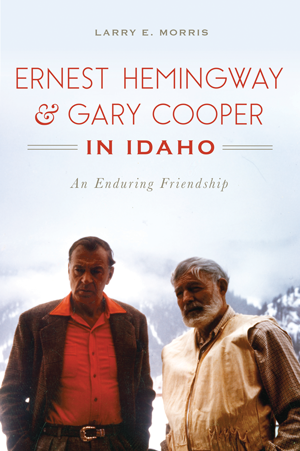
In the autumn of 1940, two icons of American culture met in Sun Valley, Idaho—writer Ernest Hemingway and actor Gary Cooper. Although “Hem” was known as brash, larger-than-life and hard-drinking, and “Coop” as courteous, non-confrontational, and taciturn, the two became good friends. And though they would see each other over the years in Hollywood, Cuba, New York, and Paris, it was to Idaho they always returned. Author Larry Morris celebrates the story of that unforgettable friendship. You can find this book here!
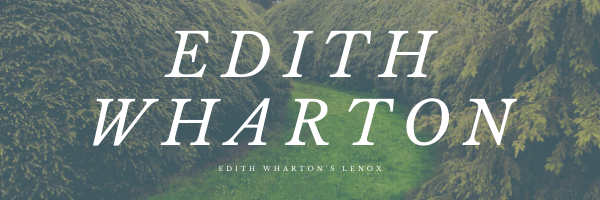
3. Edith Wharton’s Lenox
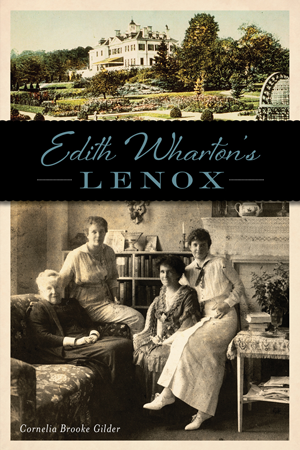
In 1900, Edith Wharton burst into the settled summer colony of Lenox. An aspiring novelist in her thirties, she was already a ferocious aesthete and intellect. She and her husband, Teddy, planned a defiantly classical villa, and she became a bestselling author with The House of Mirth in 1905. As a hostess, designer, gardener, and writer, Wharton set high standards that delighted many, including Ambassador Joseph Choate and sculptor Daniel Chester French. But her perceptive and sometimes indiscreet pen also alienated potent figures like Emily Vanderbilt Sloane and Georgiana Welles Sargent. Author Cornelia Brooke Gilder gives an insider’s glimpse of the community’s reaction to this disruptive star during her tumultuous Lenox decade. You can find this book here!
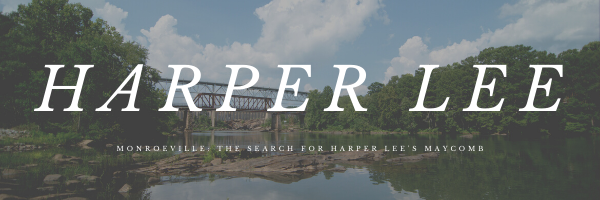
4. Monroeville: The Search For Harper Lee’s Maycomb
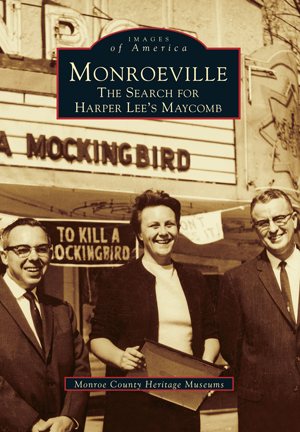
For 39 years, people from all over the world and all walks of life have come to the small town of Monroeville, Alabama, in search of a place called Maycomb. Monroeville: The Search for Harper Lee’s Maycomb explores the relationship between Harper Lee’s hometown and the setting of her Pulitzer Prize-winning novel, To Kill a Mockingbird. Included are photographs of the Lee family and the author in her early years; the sights of Monroeville that undoubtedly inspired the setting of Maycomb; the cast of the Oscar-winning film adaptation that premiered in 1963; and the Mockingbird Players, a group of Monroeville residents who, each year in May, present an authentic production of the two-act play adapted by Christopher Sergel. You can find the book here!
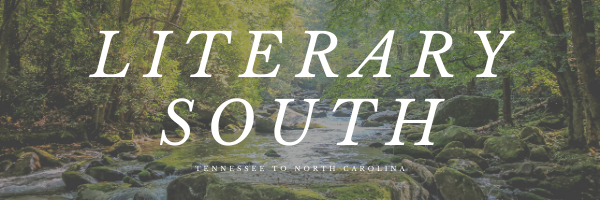
5. Literary Excursions in the Southern Highlands: Essays on Natural History
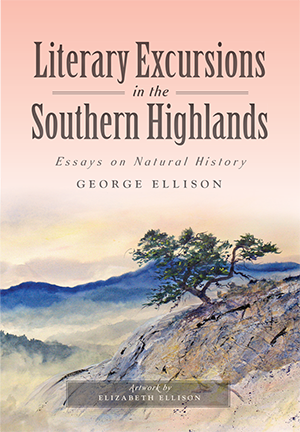
Extending from Roanoke to Mount Oglethorpe and bounded by the Appalachian Mountains, the Southern Highlands is one of the most diverse natural areas in North America. From beautiful flora like the Fraser magnolia to rare ecosystems such as the mountain cedar glades, the area has been an inspiration for writers and naturalists since it was first explored by William Bartram in 1775. Essayist, poet, and naturalist George Ellison explores the abundant wonders of the Southern Highlands in a series of humorous, scientific, and literary essays vividly illustrated by artist Elizabeth Ellison. You can find this book here!
6. Tennessee Literary Luminaries: From Cormac McCarthy to Robert Penn Warren
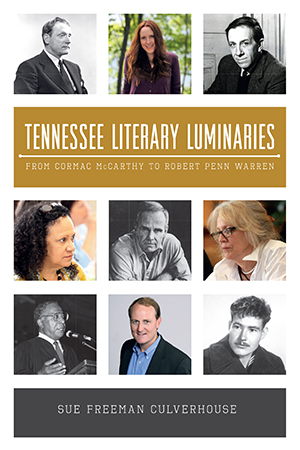
The Volunteer State has been a pioneer in southern literature for generations, giving us such literary stars as Robert Penn Warren and Cormac McCarthy. But Tennessee’s literary legacy also involves authors such as Peter Matthew Hillsman Taylor, who delayed writing his first novel but won the Pulitzer Prize upon completing it. Join author Sue Freeman Culverhouse as she explores the rich literary heritage of Tennessee through engaging profiles of its most revered citizens of letters. You can find this book here!
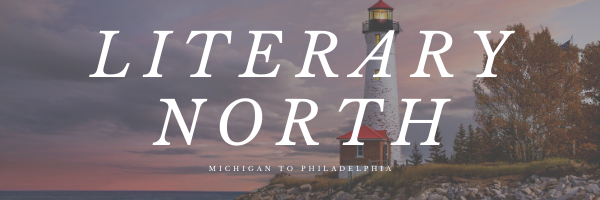
7. Michigan Literary Luminaries: From Elmore Leonard To Robert Hayden
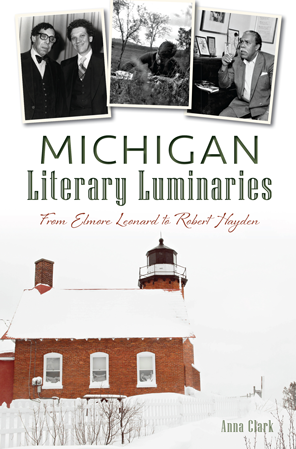
From Ernest Hemingway’s rural adventures to the gritty fiction of Joyce Carol Oates, the landscape of the “Third Coast” has inspired generations of the nation’s greatest storytellers. Michigan Literary Luminaries shines a spotlight on this rich heritage of the Great Lakes State. Discover how Saginaw greenhouses shaped the life of Pulitzer Prize–winning writer Theodore Roethke. Compare the common traits of Detroit crime writers like Elmore Leonard and Donald Goines. Learn how Dudley Randall revolutionized American literature by doing for poets what Motown Records did for musicians. Join author Anna Clark as she unveils Michigan’s extraordinary written culture with a mixture of history, literary criticism, and original reporting. You can find this book here!
8. Literary Philadelphia: A History Of Poetry & Prose In The City Of Brotherly Love
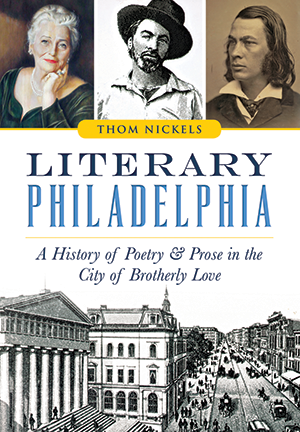
Since Thomas Paine and Benjamin Franklin put type to printing press, Philadelphia has been a haven and an inspiration for writers. Local essayist Agnes Repplier once shared a glass of whiskey with Walt Whitman, who frequently strolled Market Street. Gothic writers like Edgar Allan Poe and George Lippard plumbed the city’s dark streets for material. In the twentieth century, Northern Liberties native John McIntyre found a backdrop for his gritty noir in the working-class neighborhoods, while novelist Pearl S. Buck discovered a creative sanctuary in Center City. From Quaker novelist Charles Brockden Brown to 1973 U.S. poet laureate Daniel Hoffman, author Thom Nickels explores Philadelphia’s literary landscape. You can find this book here!

